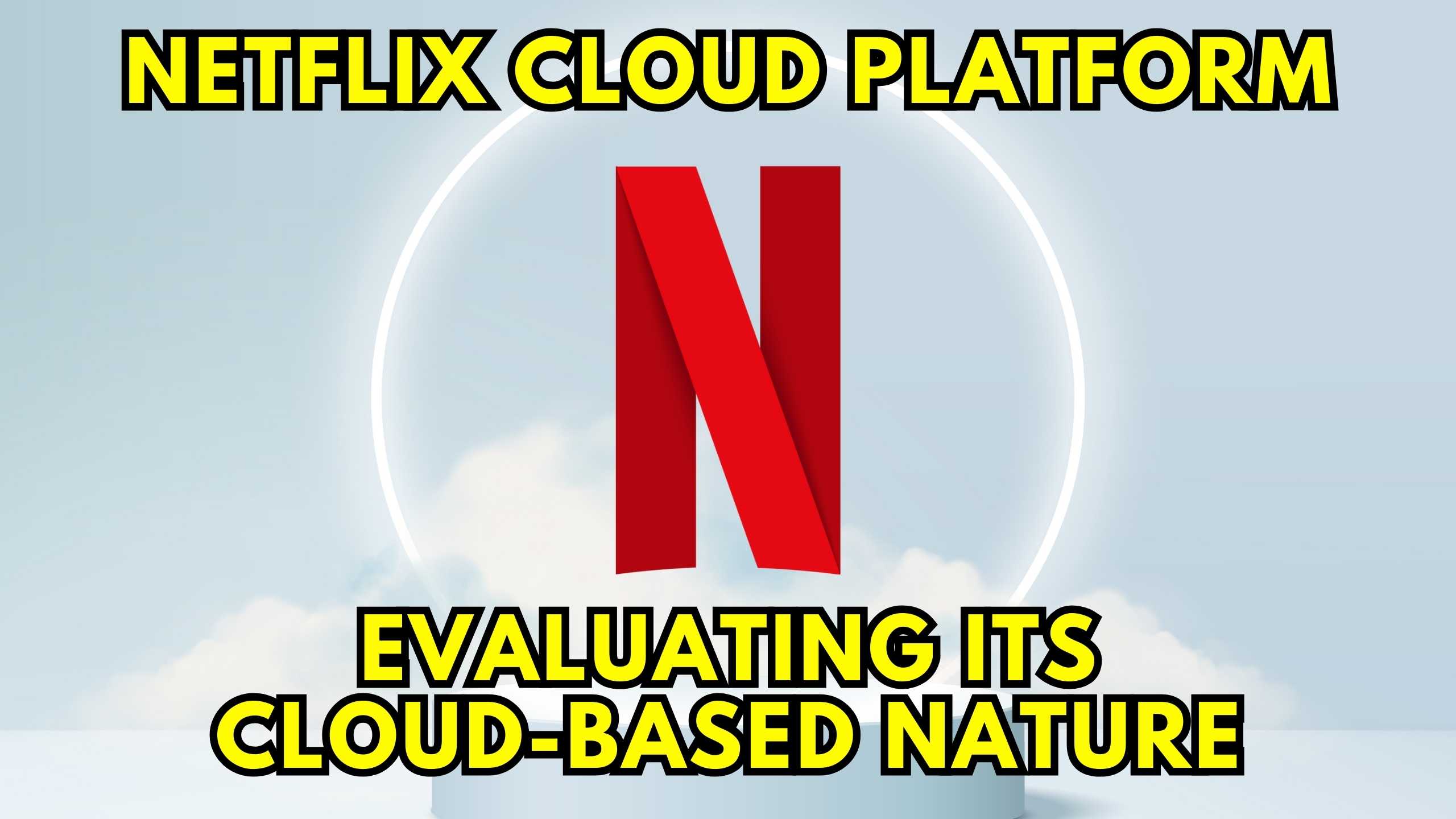Netflix Cloud Platform: Evaluating its Cloud-Based Nature
-


Netflix Cloud Platform: Evaluating its Cloud-Based Nature
Netflix, a streaming giant, has revolutionized the entertainment industry with its on-demand content delivery. Many wonder if Netflix operates as a cloud platform. In this exploration, we dive into the intricacies of Netflix’s infrastructure to understand its cloud-based nature.
Unveiling the Infrastructure
1. Leveraging Amazon Web Services (AWS)
Netflix’s strategic choice of Amazon Web Services (AWS) as its cloud infrastructure provider underscores the platform’s commitment to scalability, reliability, and global accessibility. AWS’s vast array of services, including computing power, storage, and content delivery, allows Netflix to meet the demands of its massive user base seamlessly. The partnership between Netflix and AWS is not just a technical collaboration but a strategic alliance that has played a pivotal role in Netflix’s ability to deliver high-quality streaming content globally.
2. Microservices Architecture
At the heart of Netflix’s technological prowess is its adoption of a microservices architecture. Unlike traditional monolithic structures, microservices break down applications into smaller, independently deployable services. Each microservice operates autonomously, facilitating rapid development, easy maintenance, and the ability to scale specific components independently. Netflix’s embrace of microservices aligns with the agile philosophy, enabling quick adaptation to evolving user needs and preferences.
3. Resilience Through Redundancy
In the dynamic world of streaming, system failures or disruptions are inevitable. Netflix addresses this challenge by incorporating redundancy into its cloud-based infrastructure. By spreading its resources across multiple regions, Netflix ensures that even in the face of server failures or unexpected issues, users experience uninterrupted streaming. This commitment to redundancy exemplifies the importance of reliability in providing a seamless and enjoyable streaming experience.
4. Elasticity for Peak Demand
Scalability is a hallmark of cloud platforms, and Netflix’s approach to scalability is both dynamic and cost-effective. During peak demand, such as the release of highly anticipated shows or global events, Netflix scales up its resources to meet the increased demand for streaming services. Conversely, during periods of lower activity, the platform scales down, optimizing resource utilization and minimizing costs. This elasticity is a key factor in Netflix’s ability to efficiently manage varying levels of demand without compromising performance.
SaaS Products Enhancing Cloud Experiences
While Netflix itself may not be a SaaS product, several tools complement and enhance the cloud experience. Here are five relevant SaaS products:
- Cloudflare: Enhances website and streaming performance with its global content delivery network (CDN).
- New Relic: Provides insights into application performance, ensuring optimal user experiences.
- Datadog: Monitors and optimizes cloud infrastructure for improved efficiency and reliability.
- Sumo Logic: Offers cloud-native machine data analytics for real-time insights.
- PagerDuty: Ensures reliable incident response and resolution in cloud environments.
Conclusion
Netflix operates as a cloud-based platform, leveraging AWS and employing a microservices architecture for flexibility and scalability. The platform’s emphasis on elasticity and redundancy showcases its commitment to providing a seamless streaming experience. Understanding the cloud nature of Netflix sheds light on its ability to deliver content reliably to a global audience.
Enhance Your Cloud Experience with Subscribed.fyi
Ready to optimize your cloud-based experience? Sign up for Subscribed.fyi today and unlock exclusive deals on SaaS tools designed to complement and enhance your cloud infrastructure. Gain access to savings on essential tools, empowering you to elevate your cloud experiences effortlessly. Unlock Cloud Experience Deals Now
Relevant Links:





